Top 10 Most Weird Cricket Rules You Don't Know - In Pics
Cricket is a game of intricacies and eccentricities, governed by a set of rules that can sometimes baffle even the most dedicated fans. While most of us are familiar with the basics, there are some cricket rules that are downright strange and lesser-known. In this article, we'll dive into the top 10 weirdest cricket rules that you probably didn’t know existed.
)
A hat trick in cricket, where a bowler takes three wickets in three consecutive deliveries, is a rare feat. However, it gets even more bizarre when you realize that these three wickets don’t have to come in the same over or even the same match. For instance, Merv Hughes of Australia took a hat trick spanning two innings and three overs during the 1988–89 series against the West Indies. This demonstrates how the boundaries of traditional cricket rules can be stretched in the most unexpected ways.
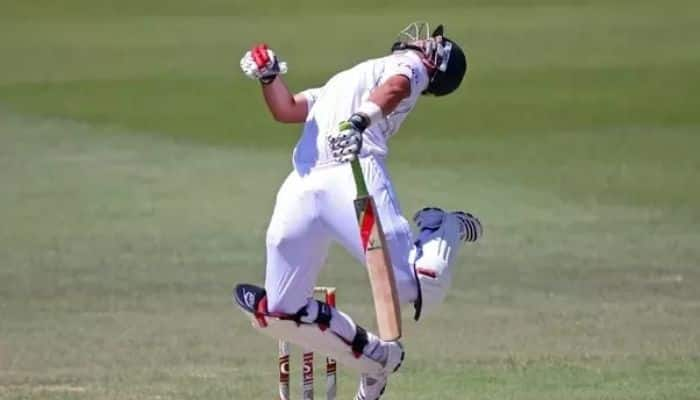
In cricket, if the ball strikes a batter’s glove while holding the bat, it is considered a catch, and the batter is out. However, if the ball hits a glove not holding the bat, the batter is not out. This peculiar rule can sometimes lead to confusing situations on the field, especially for those unfamiliar with the nuances of cricket regulations.
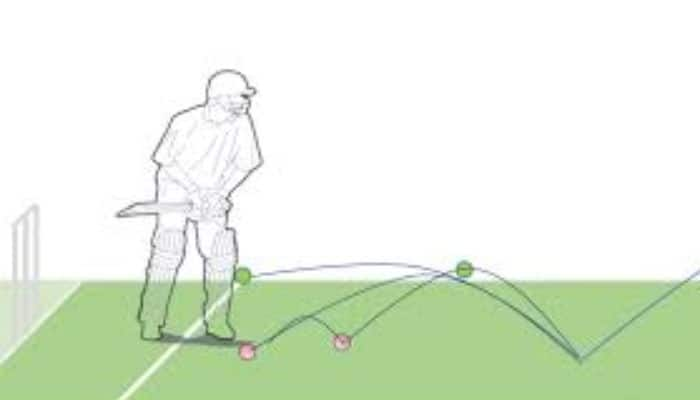
It's rare for a cricket ball to bounce more than once before reaching the batter. But if it does, it's deemed a no ball. This rule ensures that bowlers maintain a level of precision and that the game proceeds fairly, without the ball getting an undue advantage.
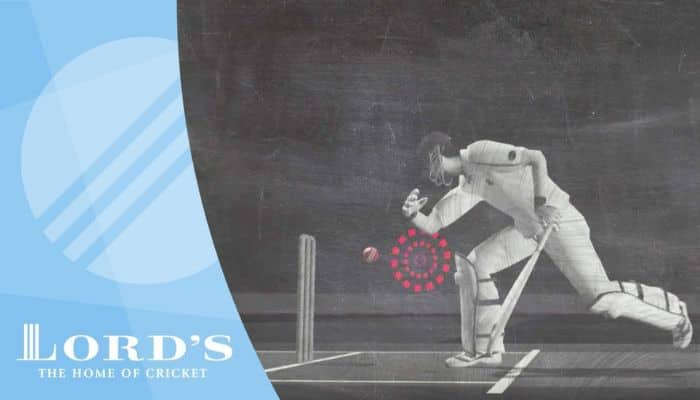
According to Law 37, a batter can be dismissed for willfully obstructing the field. However, if a batter accidentally deflects or stops the ball, it is not considered obstruction. This rule underlines the distinction between intentional and accidental actions, adding an element of subjectivity to the umpire's decision-making process.
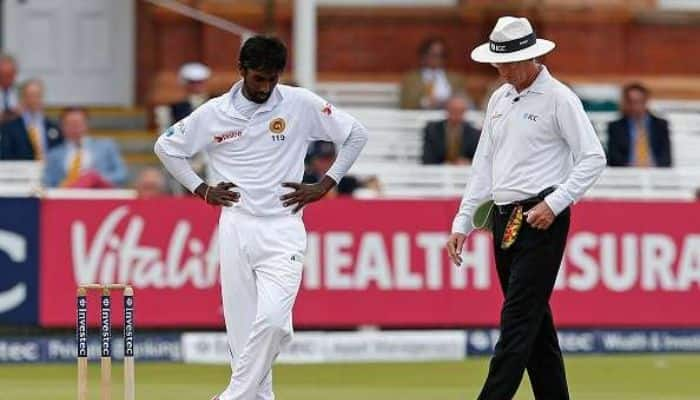
If a bowler throws the ball towards the striker’s end while preparing for their delivery, it is considered a no ball under Law 21.4. This rule prevents bowlers from using underhanded tactics and ensures that the bowler’s delivery is fair and within the spirit of the game.
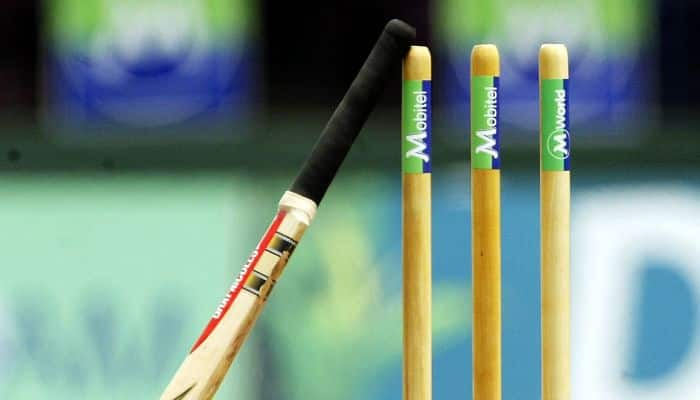
Under Law 8.5, a cricket match can continue without bails if both umpires agree. In such cases, the umpires use their judgment to determine whether the wicket has been hit. This rule highlights the flexibility within cricket’s regulations to adapt to unforeseen circumstances.
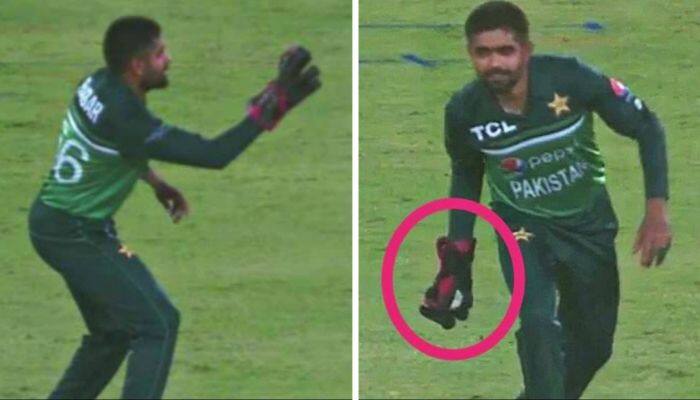
Only the wicketkeeper is allowed to wear gloves while fielding. If any other fielders use the wicketkeeper’s gloves, the batting team is awarded five penalty runs. This rule prevents fielders from gaining an unfair advantage and maintains the integrity of the game.

Players must seek umpire approval before re-entering the field after leaving for any reason. If a player enters the field in the middle of an over or without permission and interferes with play, the ball is deemed dead, and the batting team receives five penalty runs. This rule emphasizes the importance of maintaining order and adherence to official protocols.
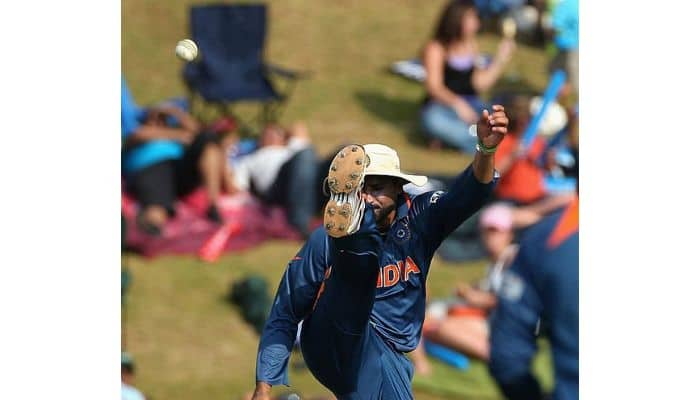
If a fielder deliberately kicks the ball over the boundary, the batting team is awarded at least four runs. This rule is in place to discourage fielders from using unorthodox methods to stop the ball and ensures fair play on the field.
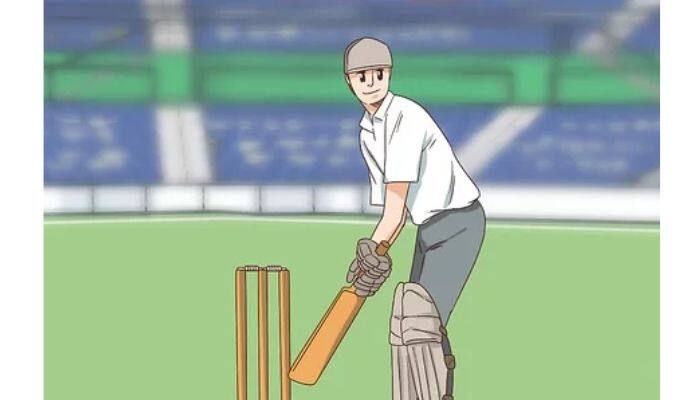
When a batter deliberately uses their pads to stop the ball, no runs are awarded, even if the ball would have otherwise reached the boundary. This rule prevents batters from gaining an unfair advantage through strategic padding and ensures that runs are only scored through legitimate batting actions.

